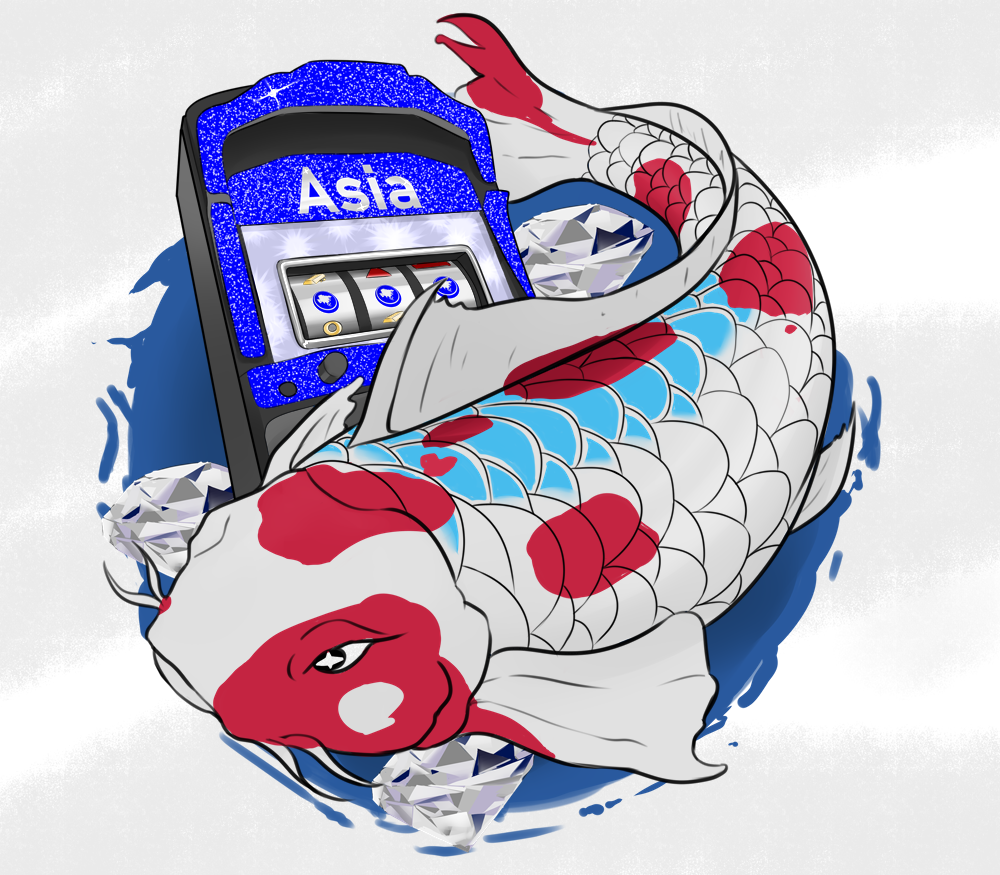Bitcoin halving, often referred to simply as “the halving,” is a pre-programmed event in the Bitcoin network that occurs approximately every four years (specifically, every 210,000 blocks). During a Bitcoin halving, the reward that miners receive for validating and adding new blocks to the blockchain is reduced by half. This event is an essential part of Bitcoin’s monetary policy and has significant implications for the cryptocurrency ecosystem.
Here are the key aspects and implications of a Bitcoin halving:
- Reduced Block Reward: Prior to a halving event, Bitcoin miners receive a fixed number of newly created bitcoins as a reward for each block they successfully mine. This reward is known as the “block reward.” At the time of Bitcoin’s creation in 2009, the initial block reward was 50 bitcoins. After the first halving in 2012, it was reduced to 25 bitcoins, and then to 12.5 bitcoins after the second halving in 2016. The most recent halving occurred in May 2020, reducing the reward to 6.25 bitcoins.
- Supply and Inflation: Bitcoin halving is a critical mechanism that controls the rate of new bitcoin issuance, thereby influencing the supply and inflation of the cryptocurrency. The halving events effectively slow down the creation of new bitcoins, leading to a decreasing supply growth rate. This scarcity is often cited as one of Bitcoin’s key features and contributes to its store of value proposition.
- Market Impact: Bitcoin halving events often generate significant attention in the cryptocurrency community and broader financial markets. Historically, they have been associated with price rallies, as reduced supply growth can lead to increased demand and upward price pressure. However, the market response to halvings is complex and influenced by various factors, including market sentiment, adoption, and macroeconomic conditions.
- Miner Economics: Miners play a crucial role in securing the Bitcoin network, and their profitability is affected by the block reward. When a halving occurs, miners’ revenues are immediately cut in half. This can lead to reduced profitability for miners who operate with higher operating costs, older hardware, or in regions with expensive electricity. Some miners may be forced to shut down their operations if they can’t remain profitable.
- Long-Term Implications: Bitcoin halving events are designed to occur roughly every four years until the maximum supply of 21 million bitcoins is reached, which is expected to occur around the year 2140. As the supply continues to decrease, Bitcoin’s inflation rate approaches zero, making it a deflationary asset in the long term.
- Security and Network Stability: The halving events are also a part of Bitcoin’s security model. By reducing the block reward, they incentivize miners to secure the network and validate transactions, even as the total supply of new bitcoins diminishes. This is essential for maintaining the integrity and security of the blockchain.
In summary, a Bitcoin halving is a planned and programmed event that reduces the rate at which new bitcoins are created and introduced into circulation. It has significant implications for Bitcoin’s supply, inflation, market dynamics, miner economics, and long-term viability. While halving events generate excitement and speculation, they are an essential mechanism that contributes to Bitcoin’s unique monetary characteristics.

